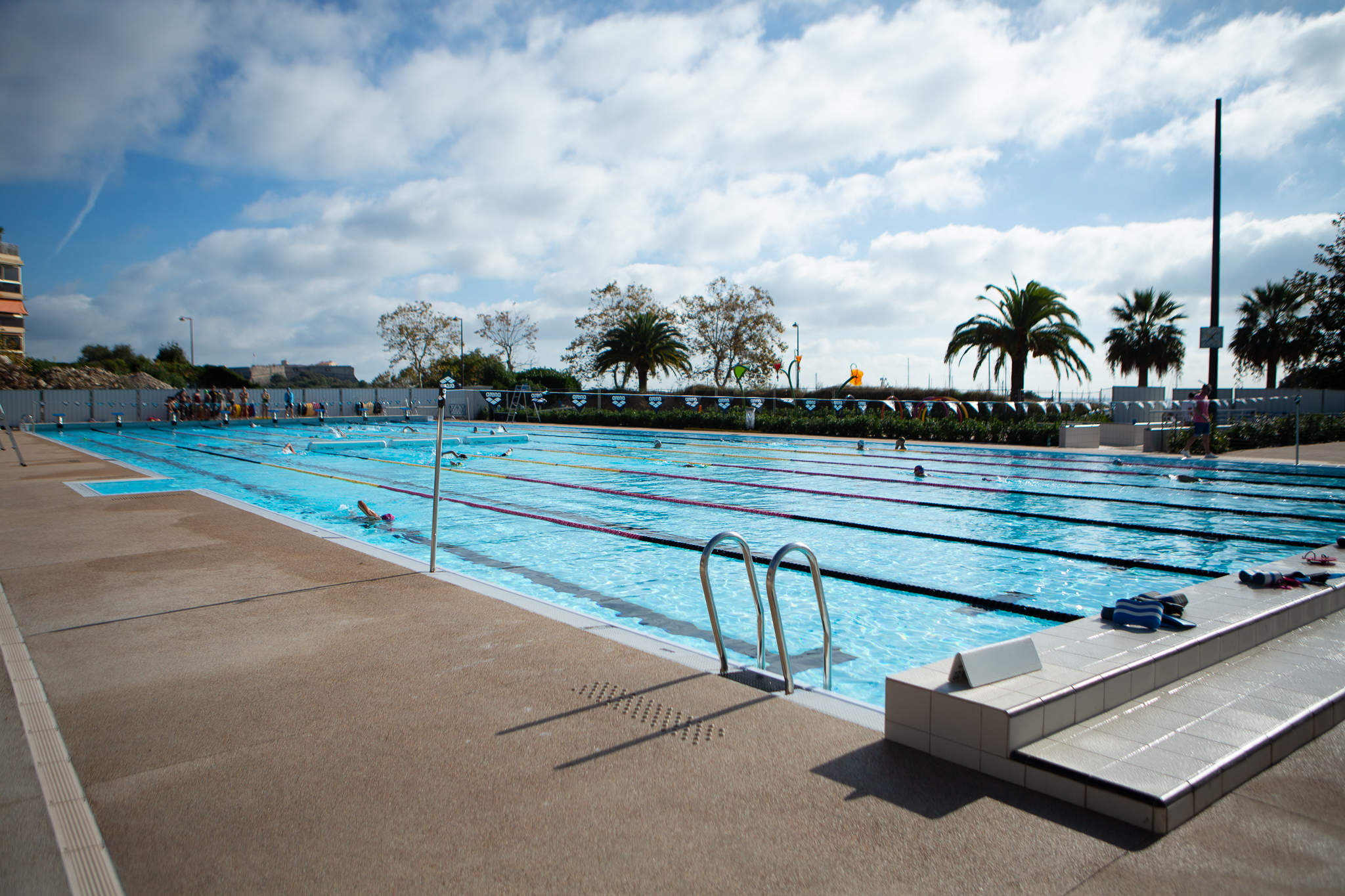Swimming Pool Types And Construction Methods
A feasibility study is essential to the success of any pool renovation or new construction project. Before making a final decision on how to proceed, pool facility owners must consider several factors. The involvement of the aquatic operator is critical in the decision-making process. The aquatic manager’s job is to encourage patronage of public pools, which is becoming increasingly appealing to the general public. The feasibility study for a pool should consider how the pool will be used.
Get a few insights from one of the leading b des colleges in chennai on designing the best public swimming pool. Find out more.
Types of swimming pool
Some of the common materials used in the construction of swimming pools are:
- Ceramic tiles are used to cover most pools made of reinforced concrete. Every 4-5 years, the joints must be examined.
- Mosaic tiles are used to create stunning and valuable projects. It is employed in the construction of swimming pools and other projects.
- The paint coating technique is used to paint concrete pools, which necessitates clean drywalls.
- Glass fibre is more durable than paint and can cover a swimming pool. It has a ten-year life expectancy.
- Swimming pools made of natural stones are long-lasting and non-slip.
Edificius software was used to render a swimming pool with a relaxation area. It can be used to build a pool from the ground up. While choosing the best material is critical for the longevity of a swimming pool, there are a few other parameters that need detailed attention during construction. Design experts from the best design college in Chennai share insights on these key parameters.
Considerations To Keep In Mind When Designing A Public Swimming Pool
- If you want to build an indoor pool, you should first see if you need planning permission. State-by-state regulations and codes for swimming pools vary.
- The temperature of the pool should be controlled with pool heating equipment.
- Coping is a material used to protect a swimming pool from damage caused by water and the environment.
- Before breaking ground, new aquatic facilities should consult a licensed, professional engineer who specialises in pool operation and construction techniques.
- Early on in the feasibility phase, health departments should be consulted.
- A pool should be constructed to last at least 20 years before being replaced.
- The new pool code mandates that pool surfaces be non-toxic, slip-resistant, and able to withstand construction stresses. Design experts from a leading fashion m des interior design also emphasise that dual main drains, gravity-feed balancing tanks, and handholds should be included in the swimming pool design.
- The pool needs to be updated to meet the most recent diving board standards.
- All public swimming pools should have at least one accessible entry and exit.
- New water chemistry equipment that has recently been developed should be considered for pool facilities that are renovated or built.
- The pool decking should be large enough for sunbathing and slip-resistant to avoid slipping and falling.
- Changing rooms, bathrooms, and diaper-changing stations must be added to the pool facility.

Technical Guide To Building A Swimming Pool
The swimming pool tiling, the public water supply’s quality, and the chemicals used to treat and maintain swimming pool water are all factors to consider when building a swimming pool. Here is a step by step insight into how a swimming pool is built.
- An earthen weir is built around a pool with an infinity edge to prevent spillover into the lake.
- A filter sand bed filters the pool replaced when it becomes clogged. Water is pumped through a filter material that traps debris to create pools.
- Plastic pools with fibreglass reinforcement are moulded into the shape of a basin and then lowered into the hole.
- Digging a hole, installing plumbing, and spraying a layer of gunite to protect the framework are also steps in building a pool.
- Recessed resting ledges, overflow channels, upstands, and ladders may be found in swimming pools.
- Renders and screeds should be covered with swimming pool tiles. Choosing pool tile adhesive and grout resistance to pool water and chemicals is important.
- Use contrasting colours and warning lines in the tile layout. The pool base should not be made of dark tiles.
- Swimming pools are stainless steel because of their corrosion resistance and attractive appearance. When using stainless steel for structural purposes, choosing the right grade is critical.
In swimming pools, corrosion cracks can occur due to stress caused by high temperatures, many users, and chemical disinfectants. Your pool should be built with materials resistant to all those anomalies for a guaranteed long life.




